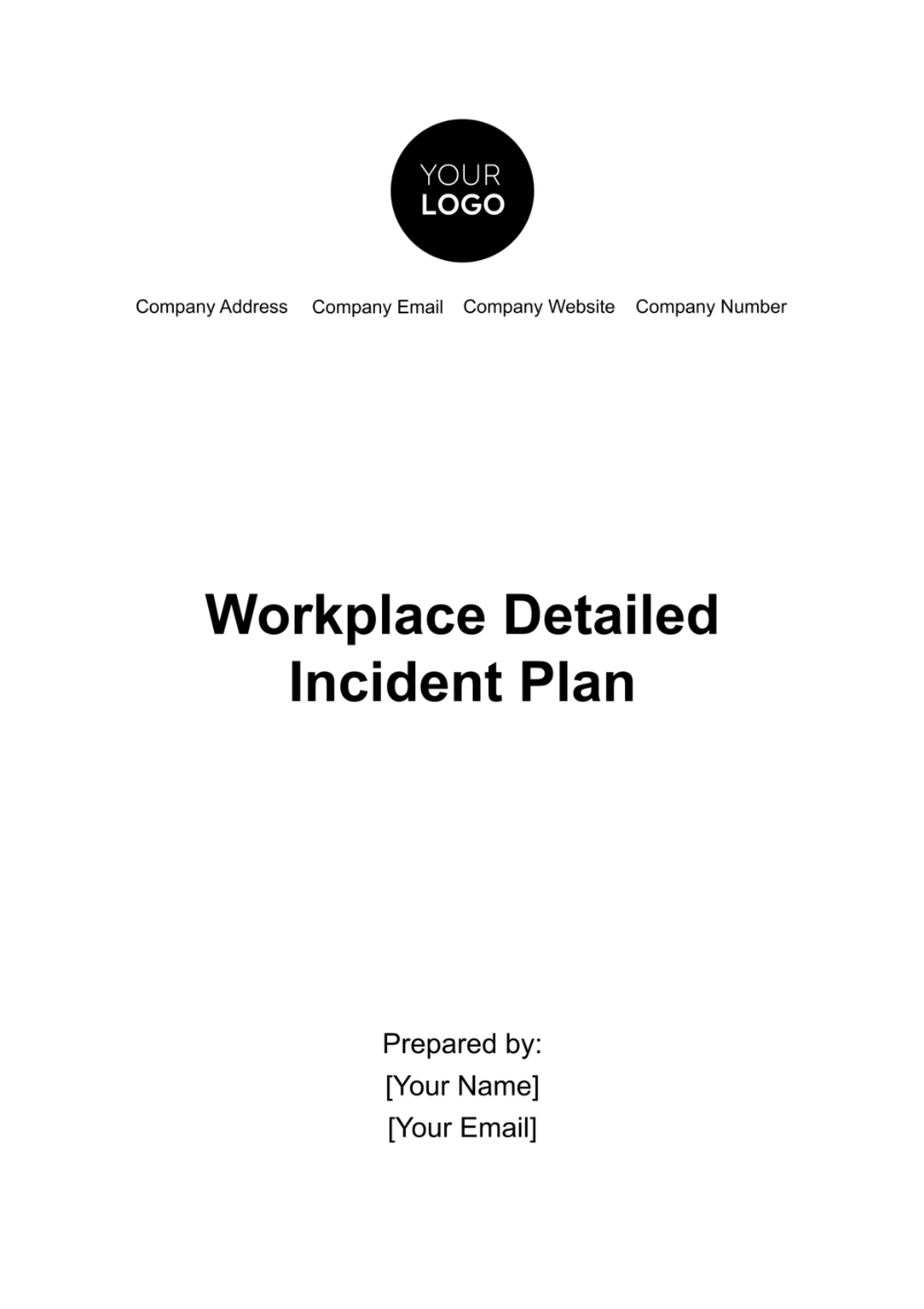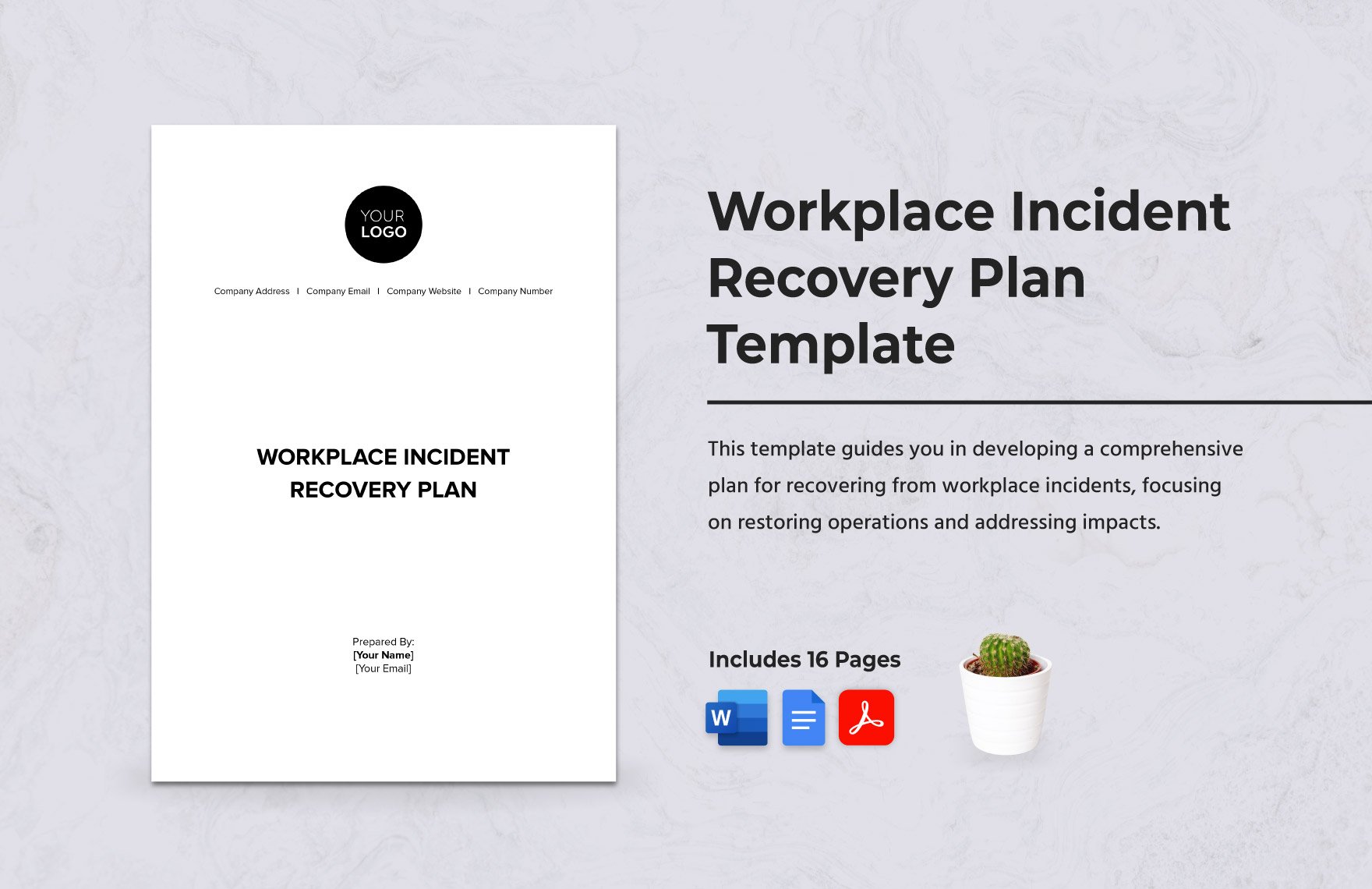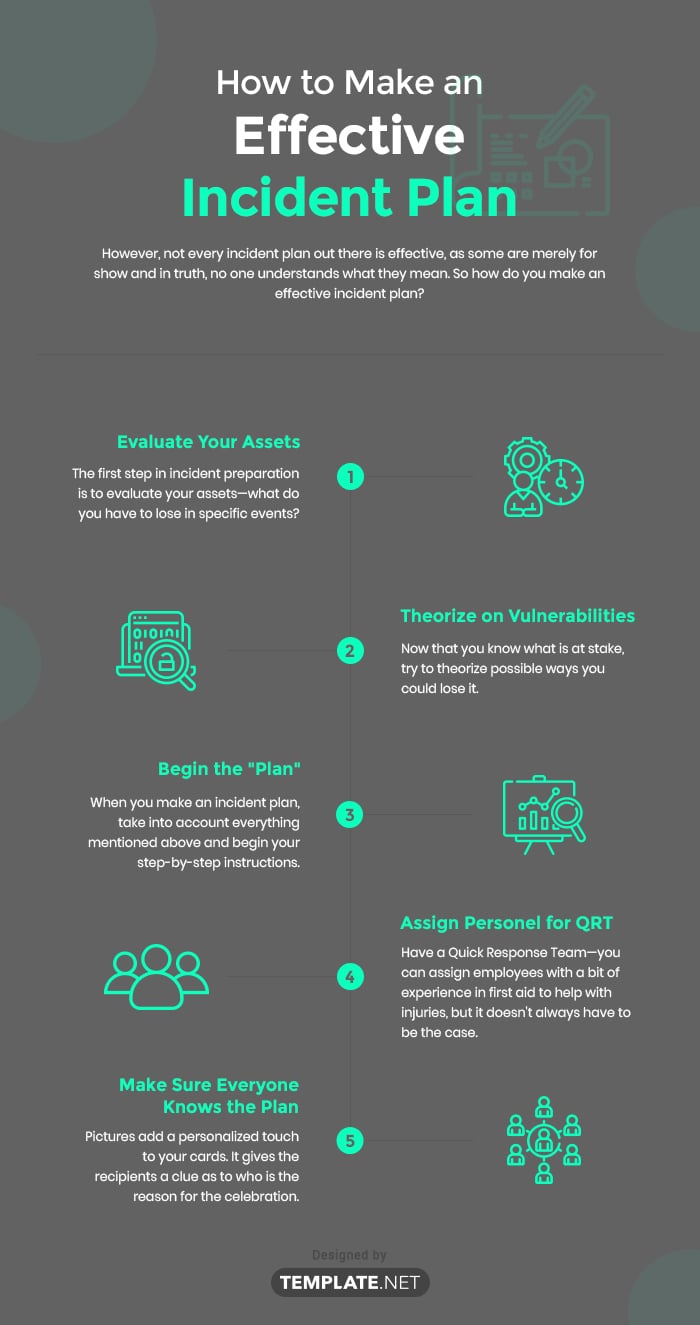When it comes to protecting your company from things such as natural disasters, sabotage, or even just accidents in general, it is always good to have a crisis plan at the ready—one that instructs everyone on what to do before, during, and after any incident. However, not every incident plan out there is effective, as some are merely for show and in truth, no one understands what they mean. So how do you make an effective incident plan?
1. Evaluate Your Assets
The first step in creating an incident plan is to evaluate your assets—what do you have to lose in specific events? If there's an earthquake and your workplace isn't structurally sound, how many lives could you lose? Is your area prone to fires? What about internal assets like files, data, and information? Are they easily lost or destroyed in case of a major calamity? If you're a bank, how often do successful robberies occur in your area?
2. Theorize on Vulnerabilities
Now that you know what is at stake, try to theorize possible ways you could lose it and if there's a safety plan already developed. Take a deeper look; what are you most vulnerable to? If you're a bank, how good is your security system? Is it good enough that it can deter robbers from the safe but not too complicated that should a fire break out, no one can save the money found inside?
3. Begin the "Plan"
Okay, now begins the actual "planning" stage. When you make an incident action plan, take into account everything mentioned above and begin your step-by-step instructions. You can try doing them in this manner as an example:
- Before: Before an incident even happens, make sure everyone is prepared. Make sure they know where the emergency exits are located, what should and should not be done, and to keep calm always. If there is still time, you can make use of an attendance sheet for head counting purposes.
- During: When an incident finally happens, make sure everyone stays calm and they don't panic. Panicking is the number one worst thing to do during any event because it keeps you from thinking straight and from remembering the procedures you studied beforehand.
- After: Now that the incident has passed, proceed to damage control. Write an inventory report, take a look at what assets have been affected the most, who is all right, what was compromised, etc.
4. Assign Personel for QRT
Have a Quick Response Team—you can assign employees to help with injuries and to facilitate in executing the evacuation plan. You can have a QRT for any type of incident; if something malfunctioned in your system, you can have a QRT comprised of IT specialists. If your business is a bank, then a team of security officers could be your QRT before the police arrive. The important thing to note is to have a team at the ready at all times.
5. Make Sure Everyone Knows the Plan
What's the point of a well-thought-out plan with all the right details and/or the appropriate personnel in your QRT if not everyone understands the plan in the first place? Even more so if no one can read the plan posted on the walls because they're hard to understand. Put up attention-grabbing information posters that are not only legible but also comprehensive and eye-opening, and make sure that you remind everyone to read it to be informed about the incident plan.




